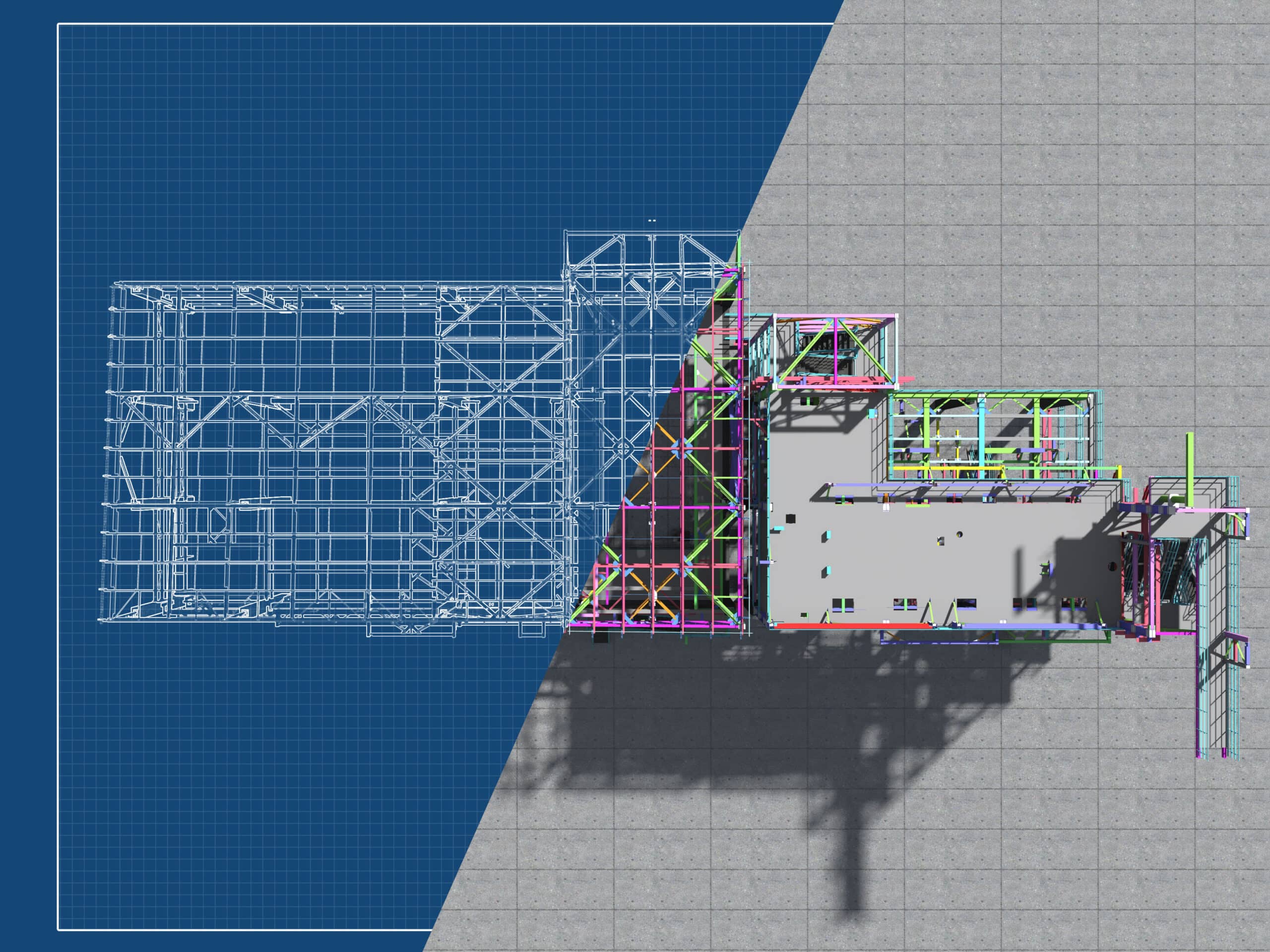Building Information Modelling (BIM) facilitates more productive methods of planning, designing, constructing, operating and maintaining assets through their lifecycle. BIM enables a collaborative way of working using digital processes to support decision making.
BIM offers a host of benefits in the procurement of government infrastructure. According to the UK Cabinet Office BIM Strategy Paper, the main benefits of using BIM in the procurement of infrastructure include a 20% reduction in build costs, a 33% reduction in costs over the lifetime of an asset, and up to 59% increased project quality.
Given these benefits, many countries have begun to implement BIM on government funded projects, supported by BIM standards that outline the processes and methodology to be used in the delivery of infrastructure.
The United States
As early as 2007, the National BIM Standard-United States was first released, providing guidelines for the use of BIM in both public and private sector projects. However, there is no national mandate for the use of BIM on government projects in the United States. The key reason for this is that there is no single agency in the federal government with the power to mandate BIM for all public projects (as was done in the United Kingdom).
Instead, a number of states, federal departments, cities, and organizations (including the General Service Administration and the US Army Corps of Engineers) have established BIM objectives and implementation timelines, and released BIM standards.
For example, as far back as 2010, Wisconsin became the first US state to require BIM on all public projects with a total budget of $5 million or more, and on all new construction within a budget of $2.5 million or more. In 2018, the Los Angeles Community College District mandated that BIM be used on a sustainable building project. The project includes $6 billion worth of construction on nine of the district’s campuses. So far, BIM has saved the Los Angeles Community College District $12 million in construction costs. More recently, the New York State Department of Transportation delivered its first Model-based Contract for the replacement of the Route 28 Bridge over the Esopus Creek.
Challenges
A key challenge for the implementation of BIM on US projects is a lack of understanding of project requirements and digital engineering specifications. Without consistently mandated standards, asset owners and clients are struggling to define the process, workflow, and requirements.
When the digital engineering and BIM requirements are not set by the client, design teams use their own standards, and the focus is very much on design, rather than construction. In the design phase, there is no aligned common data environment or central location for models. As a result, when construction commences, models are not centralized, standardized, or coordinated. The data is incomplete or inconsistent, or it has been modelled in such a way that it fails to consider construction.
Australia
In 2016, the House of Representatives Standing Committee on Infrastructure, Transport and Cities released Smart ICT: Report on the Inquiry into the Role of Smart OCT in the design and planning of infrastructure. This report recommended that the Australian Government mandate the use of BIM to LOD500 for all major infrastructure projects exceeding $50 million.
In response, the Council of Australian Governments’ (COAG) Transport Infrastructure Council agreed upon the National Digital Engineering Policy Principles. These principles state that governments will take a leading role in the adoption and integration of digital engineering nationally. However, while national consistency in the approach to digital engineering and the data requirements for major projects is a prime objective, state and territory jurisdictions continue to operate within their own policy parameters.
In April 2022, the same Standing Committee published another report, Government Procurement: A Sovereign Security Imperative. Once again, the Australian Government was urged to enforce tender requirements that utilize BIM. Despite recommendations, there are currently no federal mandates in Australia for the use of BIM on government projects.
That being said, some state and territory governments have started to adopt BIM on a project-by-project basis. Several jurisdictions have issued guidelines on BIM, including the:
- Digital Engineering Framework in New South Wales
- Digital Enablement for Queensland Infrastructure – Principles for BIM Implementation
- Victorian Digital Asset Strategy (VDAS)
Some Australian states are further ahead in their BIM implementation process. In Queensland, for example, all major government infrastructure projects with a value of $50 million or more are now required to use BIM from the early planning phase. Beyond 2023 the application of BIM will be progressively expanded to all government-built assets in Queensland.

As such, several of Queensland’s major agencies have developed plans to embed the use of BIM into their project delivery processes. These agencies include the Cross River Rail Delivery Authority, Department of Education, Department of Energy and Public Works, Department of Health, Department of Transport and Main Roads, and Queensland Corrective Services.
Challenges
Without national government mandated BIM standards in place, any digitization of construction and infrastructure project delivery is often bespoke and inconsistent. So far in Australia, BIM has been used on significant infrastructure projects, especially hospitals, but mainly during the design and construction phases, rather than in the operation and maintenance phases of completed projects. The full power of BIM has not yet not been leveraged, with government and asset owners failing to take full advantage of all the benefits BIM has to offer.
In addition, although Australia’s construction market has demonstrated increasing enthusiasm for the use of BIM, the more complex and integrated uses have only been seen in some pockets, providing ample opportunity for many contractors to realise an early advantage.
In Conclusion: National Harmonisation is Key
There are a number of organizations and groups globally that are working towards creating standards around the use of BIM, such as the Design Build Environment Institute, BIMForum, Associated General Contractors of America, and others.
However, in a perfect world, digital engineering specifications need to be delineated in BIM Standards and then mandated by governments nationally rather than in silos within organizations or by project. Digital engineering teams will then be in a position to effectively manage all workflows and data capture according to these specifications. There needs to be consistent model deliverables, with all data and inputs are coordinated, controlled, and properly managed.
BIM data formats, standards, protocols, systems, and tools need to be open and harmonised across a nation. In this way, the substantial benefits offered by BIM—cost savings, time savings and improved asset management—can then be fully realised by both industry and governments.



